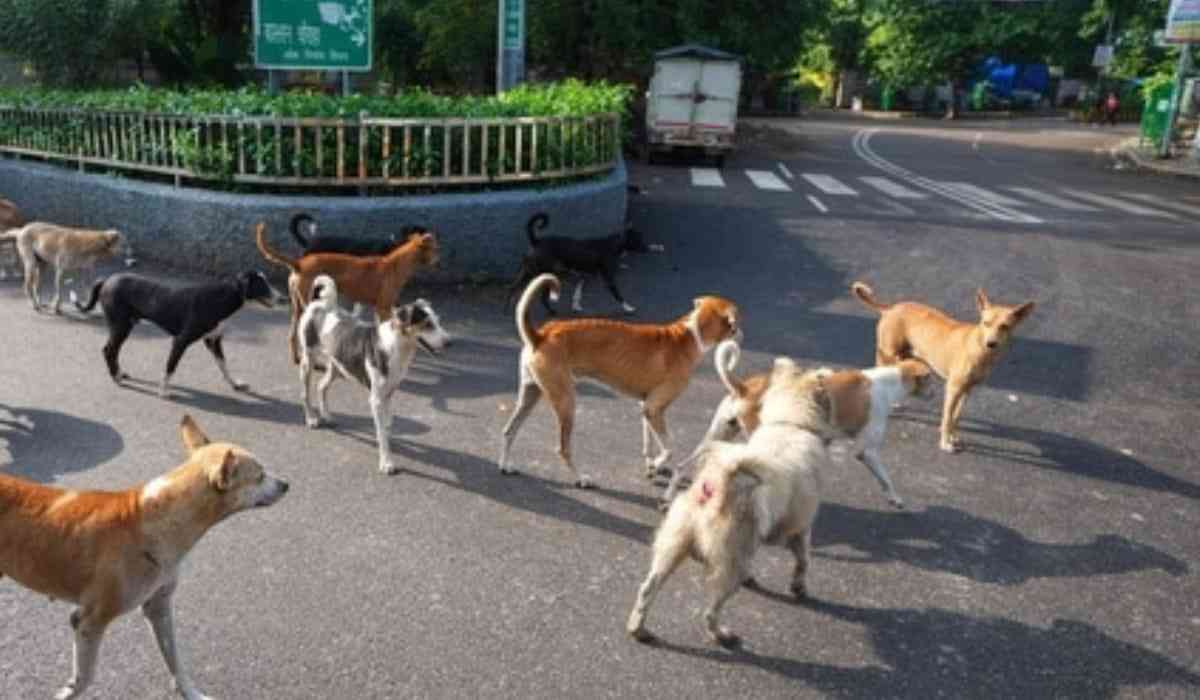The court asked Punjab, Haryana, and Chandigarh to form a committee to decide on compensation to be paid in cases of accidents caused or attacks by stray animals
The Punjab and Haryana High Court declared that the State would be "primarily responsible" for paying compensation in cases of assaults by stray animals, including dogs and cattle, in a decision that is expected to establish a precedent and ignite a heated discussion. According to the statement, in situations of dog bites, the help should be at least ₹ 10,000 "per teeth mark" and ₹ 20,000 for every 0.2 centimeters of wound where the flesh has peeled off.
A total of 193 petitions concerning attacks by stray animals were being heard by the court.
The decision is made in the middle of a national debate over the threat posed by stray dogs. A new wave of discussion was initiated by the death of Wagh Bakri Tea Group executive director Parag Desai, 49, in October. Mr. Desai passed away from a hemorrhage he had in a fall after being chased by stray dogs, according to a hospital statement.
Following the sad event, some social media users called for immediate action to address the issue of stray dogs, citing numerous instances of animal assaults resulting in fatalities and injuries, including those to children. Animal cruelty occurrences have also increased in response to public outrage over these events.
In its ruling on a petition for compensation in a dog bite case, the High Court stated that "the State shall be primarily responsible to pay compensation with a right to recover the same from the defaulting Agencies/instrumentalities of the State and/or the private person, if any."
The Punjab, Haryana, and Chandigarh Union Territory have been instructed by the High Court to establish a committee to determine the amount of compensation that should be given in situations of accidents caused by stray animals or assaults by them. These comprise wild, domesticated, and abandoned animals as well as cattle, bulls, oxen, donkeys, dogs, nilgai, and buffaloes.
The said Committee will have the following members: (a) the Superintendent of Police/Deputy Superintendent of Police (Traffic); (b) the divisional Magistrate of the concerned area; (c) The District Transport Officer; and (d) a Representative of the Chief Medical Officer. The Deputy Commissioner of the concerned District will serve as the Chairperson of the Committee.
Given the delicate nature of the stray dog threat and how divisive the topic is in the nation, the decision is vital.
In order to maintain public safety, local governments had the authority to put stray dogs to death prior to 2001. The Animal Birth Control (Dogs) Rules were introduced in 2001. According to these regulations, "street dogs" fell under a new category and needed to be vaccinated and sterilized with the "participation of animal welfare organizations, private individuals, and the local authority." Such efforts have repeatedly been hampered by insufficient funding and staff, which has increased the number of stray animals.
With the exception of "mortally wounded" or "incurably ill" dogs, euthanizing stray canines was not addressed in the 2001 guidelines. Additionally, they stated that dogs seized for vaccination and sterilization ought to be "released in the same area".
PIC SOURCE-X
© Copyright 2023. All Rights Reserved Powered by Vygr Media.






















